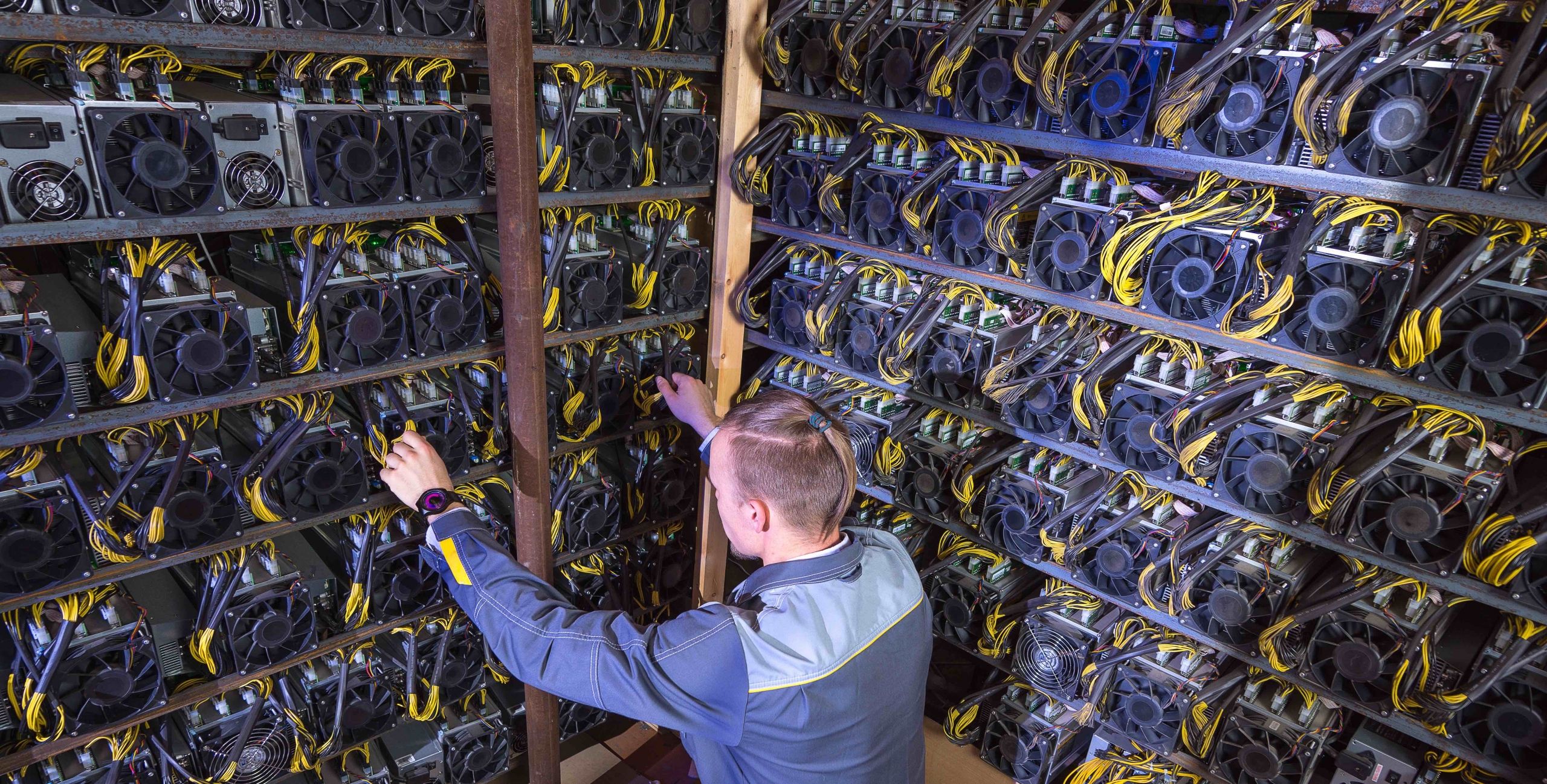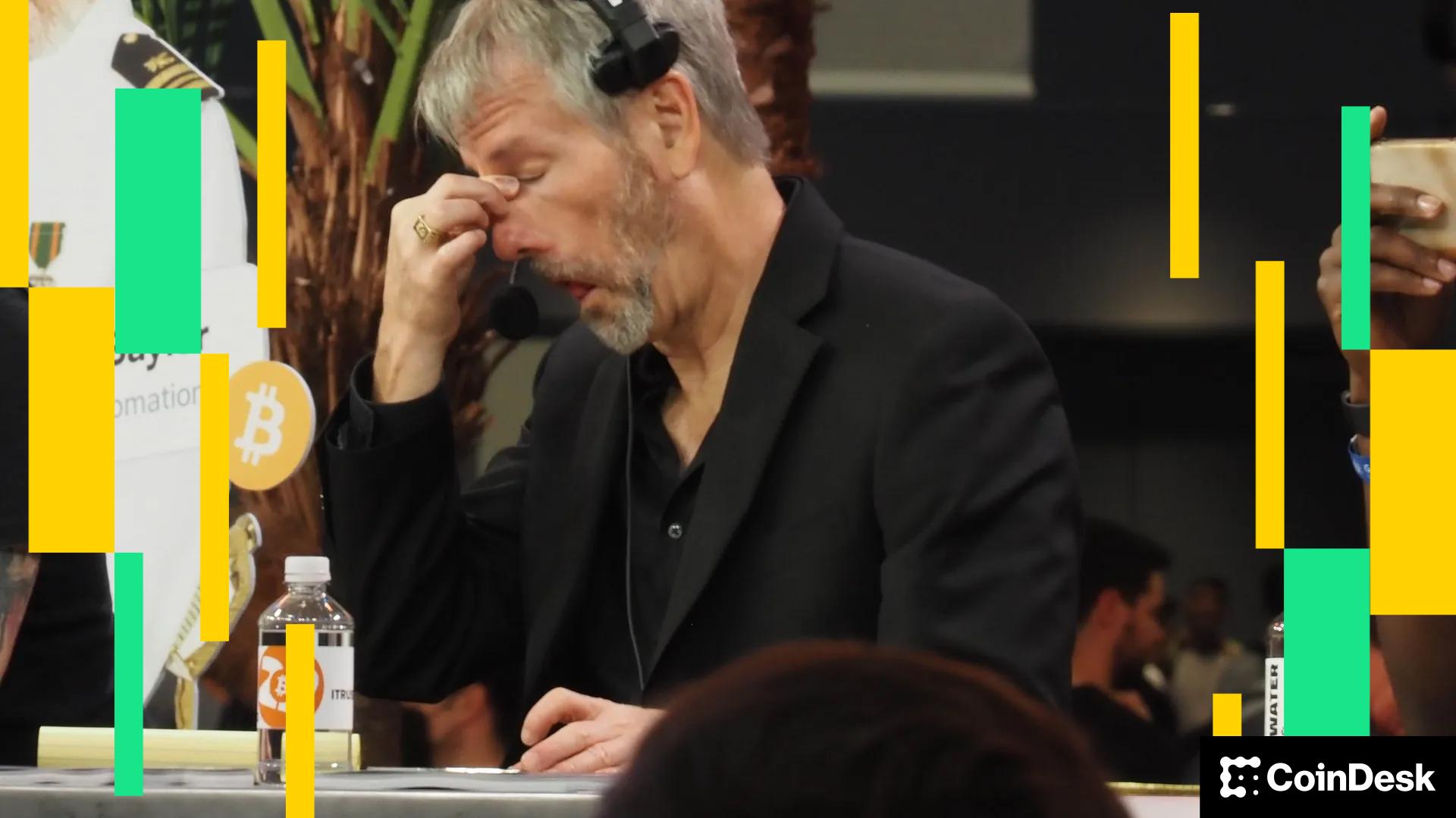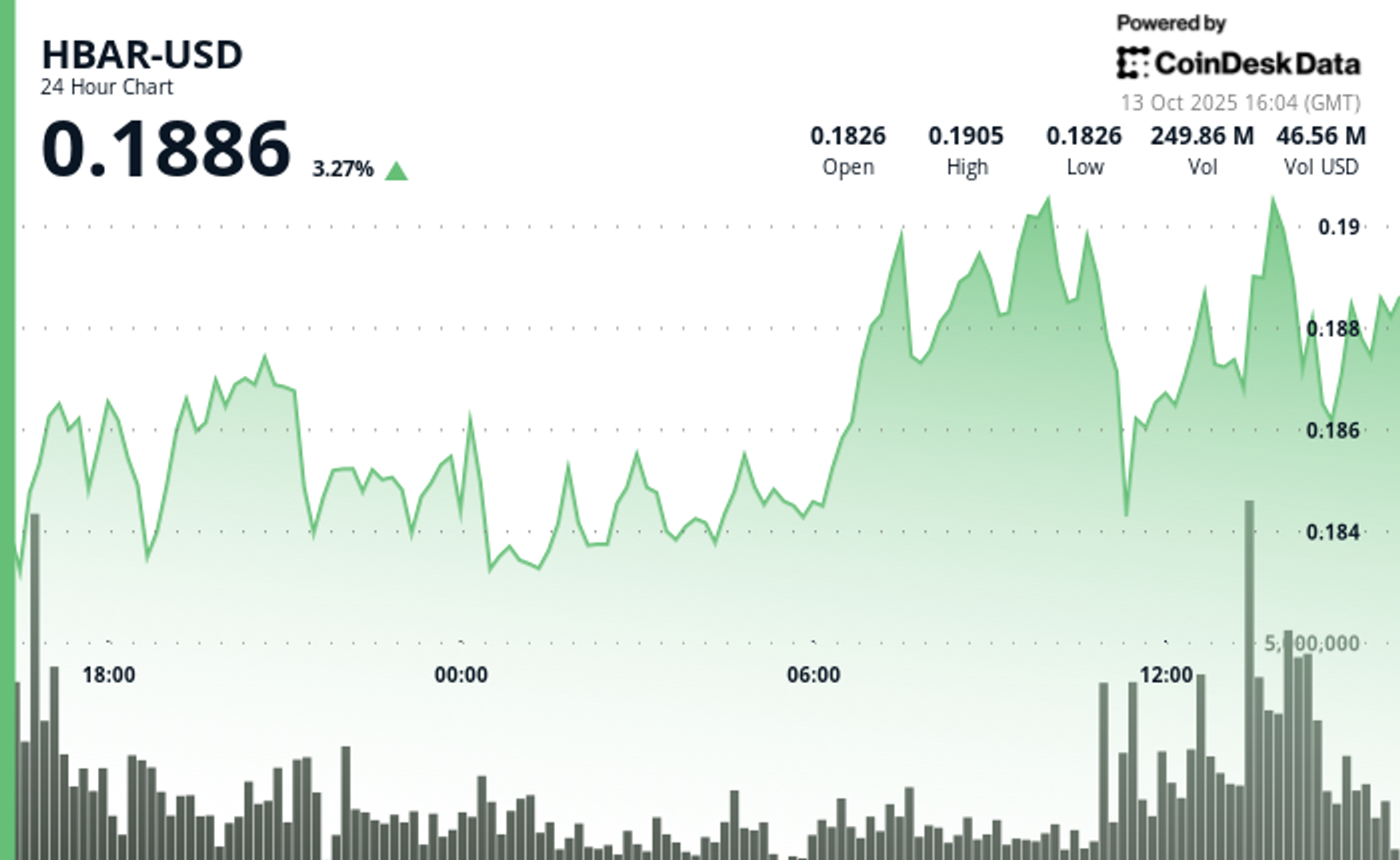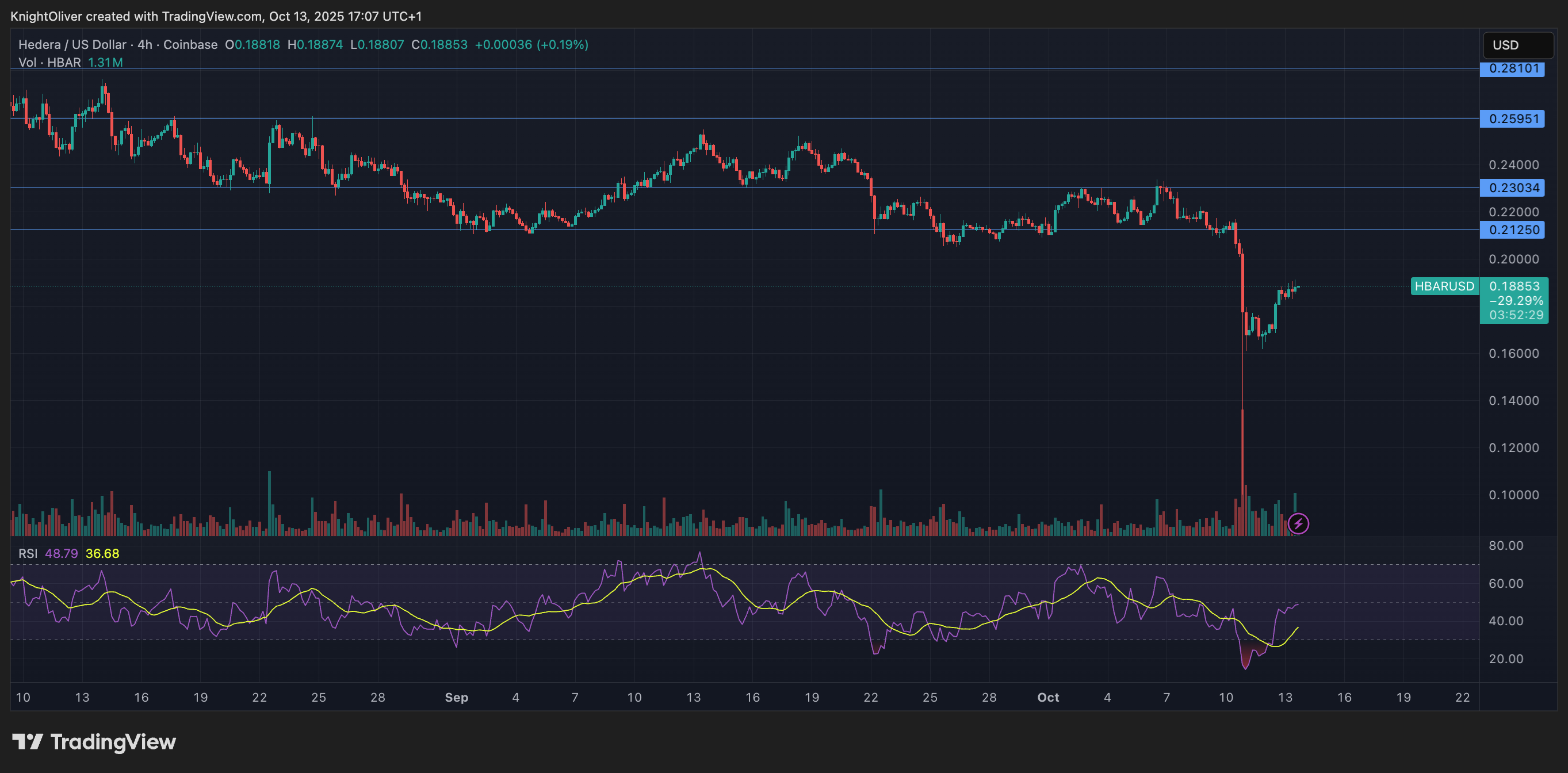Uncategorized
AI Is Here, but That Doesn’t Mean Bitcoin Miners Are Finished: Blockspace

Anyone paying attention to public bitcoin miner markets will know that artificial intelligence (AI) and business pivots to high performance compute (HPC) are all the rage among bitcoin miners. What started as a gradual trend last year has suddenly become a business strategy that many leading public bitcoin miners are exploring.
This article first appeared on Blockspace Media, the leading Bitcoin industry publication dedicated to covering Bitcoin tech, markets, mining, and ordinals. Get Blockspace articles directly in your inbox by clicking here.
Core Scientific, Bit Digital, Hut 8, Hive and IREN currently have revenue-generating AI/HPC business lines, while Crusoe Energy and Lancium, Cipher, Terawulf, Riot and Bitfarms are in the development or exploratory phase. With SoftBank, OpenAI and others collectively pledging up to $500 billion to accelerate AI developments in the United States through the Stargate Project, which was announced in January, where does the digital oil rush leave pure-play bitcoin miners?
Kevin Dede, a managing director of equity research at investment bank H.C. Wainwright, thinks that there is plenty of room for both. In a recent episode of the Mining Pod’s Bitcoin Stock Show, Dede expressed that while he wouldn’t bet against miners who are serious about AI/HPC, he wouldn’t underestimate the prospects for pure-play bitcoin miners, either.
Does the launch of Project Stargate change the conversation on AI pivots for bitcoin miners?
I think the conversation changed when Core Scientific announced the CoreWeave deal six to eight months ago. That really shifted the dynamic. Another thing people might not consider is that bitcoin miners can compete at different scales. Project Stargate is about hyperscale facilities, but there are opportunities for smaller-scale implementations.
BitDigital and Applied Digital have shown that you don’t need hyperscale to succeed. There are many customers who want access to compute, and not all of them are hyperscalers.
Riot recently decided to pause its 600-megawatt Corsicana Phase 2 to evaluate it for AI/HPC. Why do you think they did that?
Riot has had activist investors buying stock, which is great for the stock price. The company has always been adamant about sticking to bitcoin mining. At their analyst meeting last June, CEO Jason Les said they wouldn’t do HPC.
Riot’s Corsicana facility is amazing. The question is: is 600MW of HPC worth more than 600MW of bitcoin mining? I think the answer is yes.The demand for HPC is growing, and the applications are evolving; we’re just scratching the surface. The real market is the enterprise market, where companies use AI to optimize production.
Looking at Bit Digital and Core Scientific, which company’s strategy do you think has the most upside?
Let’s start with BitDigital. They bought GPUs and rented space in northern Iceland to address the needs of one customer, who I believe is based somewhere in Europe, to run models. Now, Iceland and Europe aren’t as close as you might think, which is important if they are running inference compute sinc mainland Europe would be the primary customer for that.
The Enovum deal came through and they secured their first site, which is about four megawatts. They’ve also just opened another site that they hope to have energized by this summer, aiming for five megawatts initially with plans to scale up to 35 megawatts in HPC capacity this year. Sam Tapar, their CEO, often points out that this acquisition opened the door to a potential 288 megawatts of HPC capacity.
When it comes to assessing the risk, it really comes down to a number of factors. Bit Digital acquired a company with a proven track record of building and operating these sites. But, of course, that adds another layer of risk beyond the baseline execution risk. You’re layering on the risk that they might stumble during the construction and operation of their next set of facilities as the year progresses.
As for Core Scientific, I’d be the last person to underestimate them. They’ve brought on some really impressive talent. I asked their CEO, Adam Sullivan, about how all their plans are coming together. He said that there are a lot of people in the existing data center world whose employees are seeing limited growth trajectories. So, if you’re an employee at one of those companies and you get an offer from Core Scientific with stock options, you’re thinking, “My current options are priced in double digits, but this could go to high double digits or even triple digits.” That’s how they’ve been able to attract such great talent.
On the other hand, these new B200 chips they are using are so much more powerful but also significantly more complex, and this might play into delays for CoreWeave’s implementation at Core Scientific’s sites. I think a lot of that will come out in Core Scientific’s next earnings call in March. They’ll likely address whether they’re still on track to energize the first large CoreWeave facility in the second quarter and how they’ve tackled these networking challenges.
Do you think the greater upside of AI/HPC pushes bitcoin mining to the fringes, or can it coexist alongside HPC and AI?
I don’t think bitcoin mining is going away. The concept of a hybrid AI-bitcoin mining data center is interesting. HPC power usage isn’t as consistent as people might assume. It doesn’t run 24/7/365. It depends on what’s happening — are they running a new model? Are they supporting inference? Those power loads will fluctuate.
It’s not too hard to imagine a host having flexibility in their power purchase agreements (PPAs) to run bitcoin miners when the power isn’t needed for HPC. It’s just a matter of adjusting the load.
When you step back, it seems to me there’s room for both. We’ve talked about Corsicana, but there are plenty of other sites like those in West Texas. Mike Novogratz wants to turn Helios into an HPC center, but it’s in the middle of nowhere. You need a private plane to get there, and it’s a long drive from Lubbock. Also, it’s on wind power, so the energy is cheap, but how are you going to run inference from that site?
What’s really interesting when you look at business models is the optionality. From the hybrid perspective, you’ve got transparency. You can forecast HPC revenue and assume a certain amount of debt based on those margins. But if you keep bitcoin mining running as well, you have the opportunity to benefit from a rising bitcoin price and improving market dynamics.
I think that optionality is an opportunity some of these newer HPC-focused companies offer investors. You’ve got that steady HPC stream, and then you have the potential upside of Bitcoin hitting $200,000 this year. That’s the intriguing proposition. For that reason, I think many of these companies with experience in both will continue to do both.
Business
Strategy Bought $27M in Bitcoin at $123K Before Crypto Crash

Strategy (MSTR), the world’s largest corporate owner of bitcoin (BTC), appeared to miss out on capitalizing on last week’s market rout to purchase the dip in prices.
According to Monday’s press release, the firm bought 220 BTC at an average price of $123,561. The company used the proceeds of selling its various preferred stocks (STRF, STRK, STRD), raising $27.3 million.
That purchase price was well above the prices the largest crypto changed hands in the second half of the week. Bitcoin nosedived from above $123,000 on Thursday to as low as $103,000 on late Friday during one, if not the worst crypto flash crash on record, liquidating over $19 billion in leveraged positions.
That move occurred as Trump said to impose a 100% increase in tariffs against Chinese goods as a retaliation for tightening rare earth metal exports, reigniting fears of a trade war between the two world powers.
At its lowest point on Friday, BTC traded nearly 16% lower than the average of Strategy’s recent purchase price. Even during the swift rebound over the weekend, the firm could have bought tokens between $110,000 and $115,000, at a 7%-10% discount compared to what it paid for.
With the latest purchase, the firm brought its total holdings to 640,250 BTC, at an average acquisition price of $73,000 since starting its bitcoin treasury plan in 2020.
MSTR, the firm’s common stock, was up 2.5% on Monday.
Business
HBAR Rises Past Key Resistance After Explosive Decline

HBAR (Hedera Hashgraph) experienced pronounced volatility in the final hour of trading on Oct. 13, soaring from $0.187 to a peak of $0.191—a 2.14% intraday gain—before consolidating around $0.190.
The move was driven by a dramatic surge in trading activity, with a standout 15.65 million tokens exchanged at 13:31, signaling strong institutional participation. This decisive volume breakout propelled the asset beyond its prior resistance range of $0.190–$0.191, establishing a new technical footing amid bullish momentum.
The surge capped a broader 23-hour rally from Oct. 12 to 13, during which HBAR advanced roughly 9% within a $0.17–$0.19 bandwidth. This sustained upward trajectory was characterized by consistent volume inflows and a firm recovery from earlier lows near $0.17, underscoring robust market conviction. The asset’s ability to preserve support above $0.18 throughout the period reinforced confidence among traders eyeing continued bullish action.
Strong institutional engagement was evident as consecutive high-volume intervals extended through the breakout window, suggesting renewed accumulation and positioning for potential continuation. HBAR’s price structure now shows resilient support around $0.189–$0.190, signaling the possibility of further upside if momentum persists and broader market conditions remain favorable.

Technical Indicators Highlight Bullish Sentiment
- HBAR operated within a $0.017 bandwidth (9%) spanning $0.174 and $0.191 throughout the previous 23-hour period from 12 October 15:00 to 13 October 14:00.
- Substantial volume surges reaching 179.54 million and 182.77 million during 11:00 and 13:00 sessions on 13 October validated positive market sentiment.
- Critical resistance materialized at $0.190-$0.191 thresholds where price movements encountered persistent selling activity.
- The $0.183-$0.184 territory established dependable support through volume-supported bounces.
- Extraordinary volume explosion at 13:31 registering 15.65 million units signaled decisive breakout event.
- High-volume intervals surpassing 10 million units through 13:35 substantiated significant institutional engagement.
- Asset preserved support above $0.189 despite moderate profit-taking activity.
Disclaimer: Parts of this article were generated with the assistance from AI tools and reviewed by our editorial team to ensure accuracy and adherence to our standards. For more information, see CoinDesk’s full AI Policy.
Business
Crypto Markets Today: Bitcoin and Altcoins Recover After $500B Crash

The crypto market staged a recovery on Monday following the weekend’s $500 billion bloodbath that resulted in a $10 billion drop in open interest.
Bitcoin (BTC) rose by 1.4% while ether (ETH) outperformed with a 2.5% gain. Synthetix (SNX, meanwhile, stole the show with a 120% rally as traders anticipate «perpetual wars» between the decentralized trading venue and HyperLiquid.
Plasma (XPL) and aster (ASTER) both failed to benefit from Monday’s recovery, losing 4.2% and 2.5% respectively.
Derivatives Positioning
- The BTC futures market has stabilized after a volatile period. Open interest, which had dropped from $33 billion to $23 billion over the weekend, has now settled at around $26 billion. Similarly, the 3-month annualized basis has rebounded to the 6-7% range, after dipping to 4-5% over the weekend, indicating that the bullish sentiment has largely returned. However, funding rates remain a key area of divergence; while Bybit and Hyperliquid have settled around 10%, Binance’s rate is negative.
- The BTC options market is showing a renewed bullish lean. The 24-hour Put/Call Volume has shifted to be more in favor of calls, now at over 56%. Additionally, the 1-week 25 Delta Skew has risen to 2.5% after a period of flatness.
- These metrics indicate a market with increasing demand for bullish exposure and upside protection, reflecting a shift away from the recent «cautious neutrality.»
- Coinglass data shows $620 million in 24 hour liquidations, with a 34-66 split between longs and shorts. ETH ($218 million), BTC ($124 million) and SOL ($43 million) were the leaders in terms of notional liquidations. Binance liquidation heatmap indicates $116,620 as a core liquidation level to monitor, in case of a price rise.
Token Talk
By Oliver Knight
- The crypto market kicked off Monday with a rebound in the wake of a sharp weekend leverage flush. According to data from CoinMarketCap, the total crypto market cap climbed roughly 5.7% in the past 24 hours, with volume jumping about 26.8%, suggesting those liquidated at the weekend are repurchasing their positions.
- A total of $19 billion worth of derivatives positions were wiped out over the weekend with the vast majority being attributed to those holding long positions, in the past 24 hours, however, $626 billion was liquidated with $420 billion of that being on the short side, demonstrating a reversal in sentiment, according to CoinGlass.
- The recovery has been tentative so far; the dominance of Bitcoin remains elevated at about 58.45%, down modestly from recent highs, which implies altcoins may still lag as capital piles back into safer large-cap names.
- The big winner of Monday’s recovery was synthetix (SNX), which rose by more than 120% ahead of a crypto trading competition that will see it potentially start up «perpetual wars» with HyperLiquid.
-

 Business12 месяцев ago
Business12 месяцев ago3 Ways to make your business presentation more relatable
-

 Fashion12 месяцев ago
Fashion12 месяцев agoAccording to Dior Couture, this taboo fashion accessory is back
-

 Entertainment12 месяцев ago
Entertainment12 месяцев ago10 Artists who retired from music and made a comeback
-

 Entertainment12 месяцев ago
Entertainment12 месяцев ago\’Better Call Saul\’ has been renewed for a fourth season
-

 Entertainment12 месяцев ago
Entertainment12 месяцев agoNew Season 8 Walking Dead trailer flashes forward in time
-

 Uncategorized4 месяца ago
Uncategorized4 месяца agoRobinhood Launches Micro Bitcoin, Solana and XRP Futures Contracts
-

 Business12 месяцев ago
Business12 месяцев ago15 Habits that could be hurting your business relationships
-

 Entertainment12 месяцев ago
Entertainment12 месяцев agoMeet Superman\’s grandfather in new trailer for Krypton





